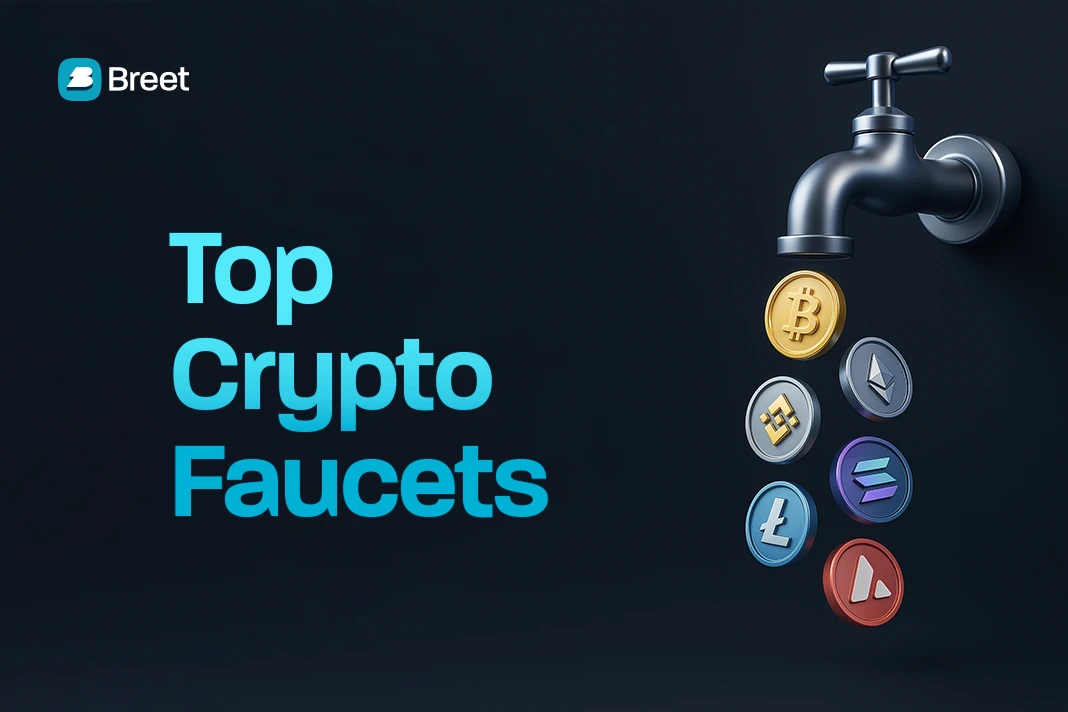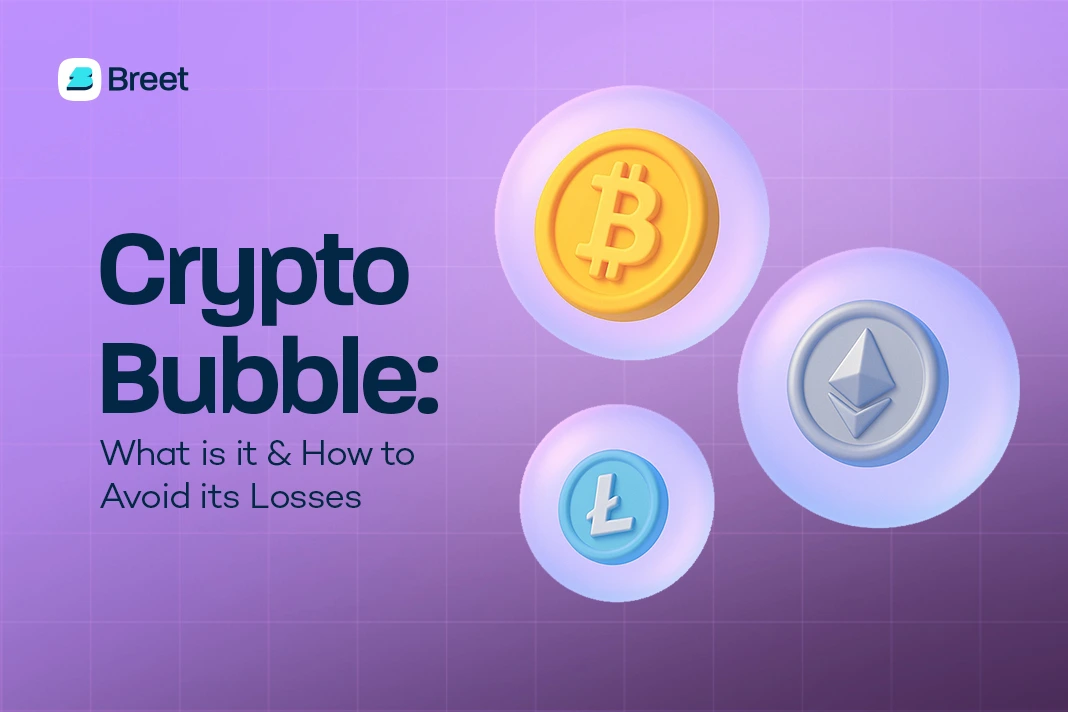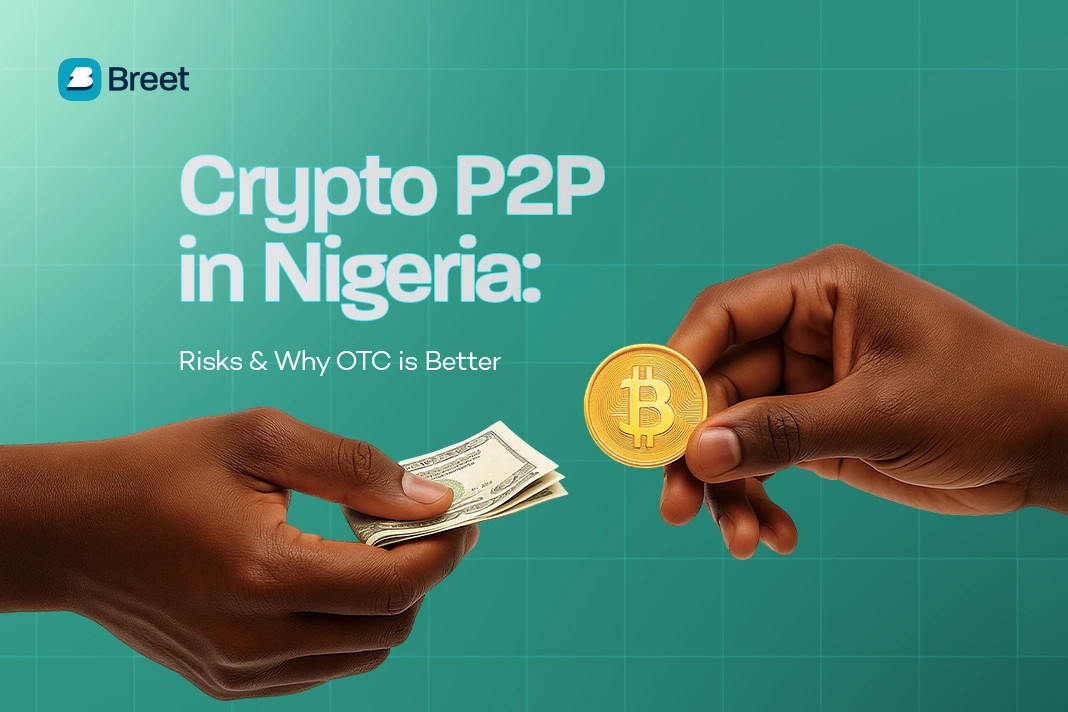An Ethereum wallet address is a unique identifier used to send and receive tokens (including NFTs) on the Ethereum network.
Think of it like a bank account number; others use it to send money to your bank account, while you ask people for their account number to send money to them.
Unlike bank account numbers, wallet addresses are not associated with your name.
Ethereum wallet addresses are made up of 42 characters containing both numbers and letters and start with “0x..” followed by 40 other alphanumeric characters. E.g: 0xB423b53D9076b325c0248D62eF74b11adC211020
To fully answer the question, what is Ethereum wallet address? Let’s explore how they work on the Ethereum network.
Related:
- USDT TRC20 Contract Address: What is it & How to Get it?
How Ethereum Wallet Address Works
Ethereum wallet addresses are actually (technically) public addresses that are generated from public keys. Public keys are just one component of Ethereum accounts.
Let’s explain these terms, starting with Ethereum wallets.
1. Ethereum Wallets
Ethereum wallets are mobile applications, browser extensions, hardware devices, or online platforms that give you an interface to access your Ethereum account on the blockchain.
Through a wallet, you can send and receive ETH or other tokens, as well as interact with decentralized apps (dApps).
2. Ethereum Accounts: Public and Private Keys
There are two types of accounts on the Ethereum blockchain:
- Externally Owned Account (EOA)
- Contract Account
EOAs are the regular accounts most people use through their wallets, and they’re also usually created through wallets like MetaMask, Trust Wallet, or hardware wallets. When you create an account, you’re given:
- A private key – your secret key that proves ownership and allows you to sign transactions. It is converted into a human-readable version referred to as seed phrases or backup phrase.
The image below is an example of seed or backup phrases, usually a set of 12 or 24 random words

- A public key is derived from the private key, which is then used to generate your Ethereum wallet address (recall they start with “0x…”).
To Summarize:
Private key → generates Public key → which generates Public address, commonly referred to as Wallet address.
Contract Accounts, on the other hand, are controlled by smart contracts instead of private keys. They can execute programmed logic when triggered by transactions, but they cannot initiate actions. Contract accounts are beyond the scope of this blog.
To finish off the question, what is an Ethereum wallet address? It’s also worth looking at the various types of Ethereum wallets available
Top Pick:
- ERC20 Wallet Address: What is it & How to Get One?
Types of Ethereum Wallets
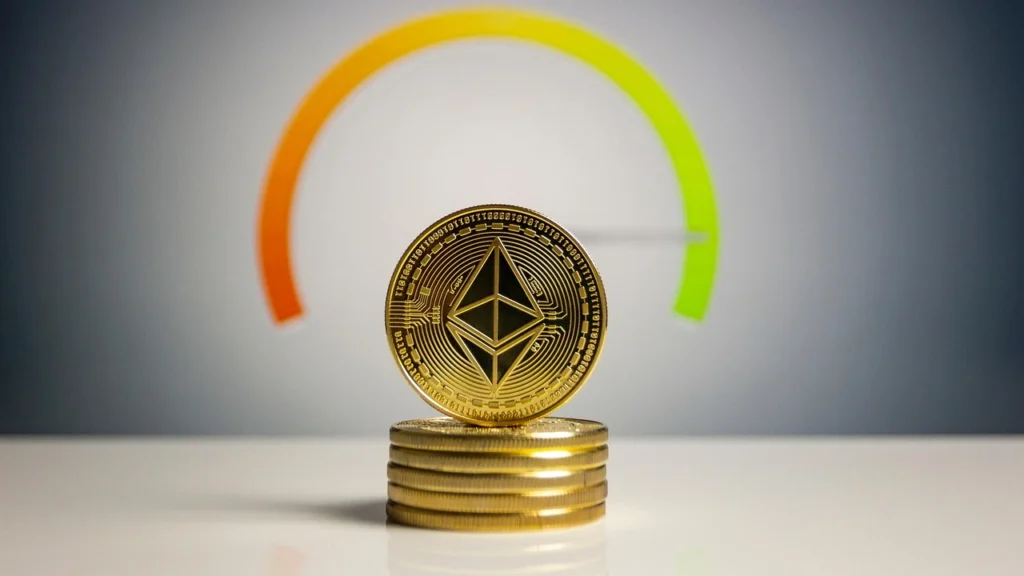
Ethereum wallets generally fall into two main categories: hot wallets and cold wallets.
- Hot wallets are connected to the internet, making them convenient for quick access and transactions.
- Cold wallets are offline, offering stronger protection against hacks but less convenience for everyday use.
Regardless of type, every Ethereum wallet address still starts with “0x”, the standard prefix for Ethereum addresses.
1. Software Wallets (Hot)
These are Ethereum wallet applications you install on your phone, computer, or access through browser extensions. They are the most common for daily use and come in different forms:
- Mobile Wallets
Smartphone apps like MetaMask Mobile or Rainbow Wallet, designed for easy crypto management on the go. - Desktop Wallets
Software installed on a computer, such as Exodus or Atomic Wallet. - Web Wallets
Wallets accessed directly through a browser, some mobile wallet providers also offer browser extensions so users can sync their wallets across devices.
2. Hardware Wallets (Cold)
These wallets come in physical devices and enable users to keep their private keys completely offline. These are considered one of the safest options for storing large amounts of crypto long-term.
3. Paper Wallets (Cold)
A physical printout of your public and private keys. While secure against online hacks, they can be easily lost, damaged, or stolen if not stored carefully.
4. Exchange / Custodial Wallets (Hot)
These wallets are provided by centralized crypto exchanges (CEXs) or fintech platforms. Some examples are wallets in your Bybit or Binance accounts. They allow users to deposit or withdraw ETH and supported ERC-20 tokens.
Popular:
How to Get an Ethereum Wallet Address
All you need is an Ethereum wallet (or any wallet that supports ERC-20 tokens). Here are the easy steps to follow:
- Download a wallet: choose a mobile app, browser extension, or desktop software.
- Create an account and backup your keys: Open the wallet and follow the prompts to create an account, then copy and safely store your recovery phrase.
- Get your wallet address: the wallet will generate your unique Ethereum address.
How to Use Your Ethereum Wallet Address
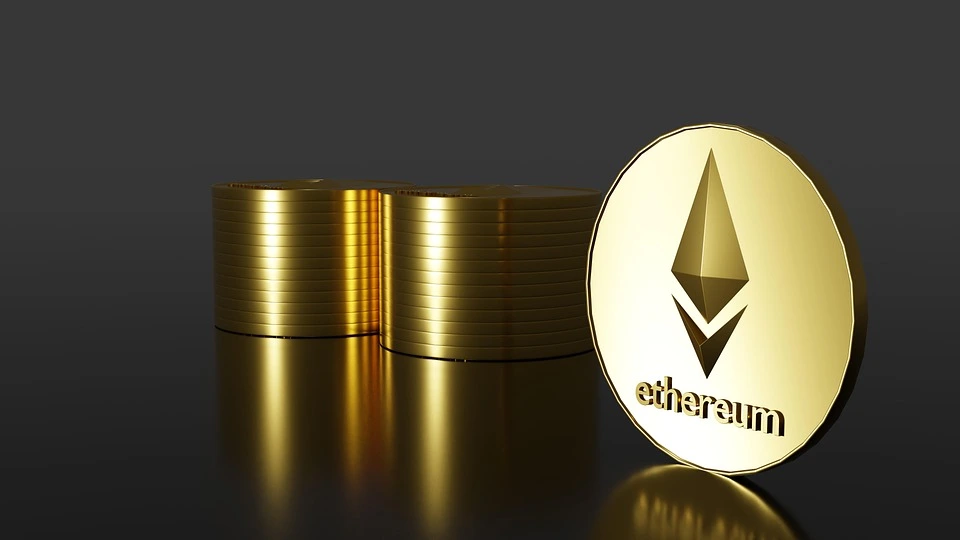
Your Ethereum wallet address is what you share when someone wants to send you ETH or other tokens on the Ethereum network. Here’s a simple step-by-step guide:
1. Choose and Set Up a Wallet
- Download a wallet app or browser extension
- Follow the setup process, and you’ll be given a seed phrase ( backup phrase). Write this down and store it safely.
2. Generate Your Wallet Address
- Once your wallet is set up, it automatically generates a unique Ethereum account.
- Either navigate to Ethereum and click on it to see the wallet address
- Some wallets display it somewhere on the landing dashboard it starts with “0x”.
3. Copy and Share Your Address
- Most wallets have a copy button next to your address. Tap it to copy the full address without errors.
- Some wallets also let you share your address as a QR code for easy scanning.
- Share the wallet address or QR code
4. Use It to Receive Crypto
- Once you receive crypto through the address, the tokens will appear in your wallet after a short confirmation time
Related:
- BEP20 Wallet: What is it & How to Create One?
Security Best Practices for Ethereum Wallet Addresses
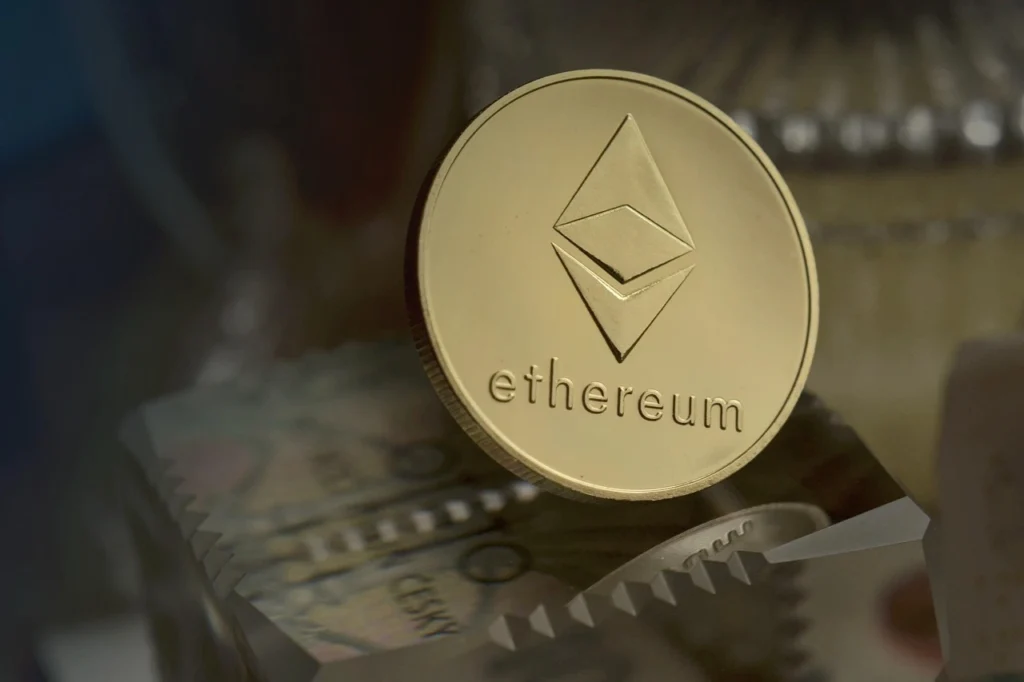
After dissecting the question, what is Ethereum wallet address? Here are some useful tips to keep your wallet and addresses safe:
1. Never Share Your backup or Seed Phrase
Sharing it is essentially handing over ownership of your funds.
To stay safe, write your seed phrase on paper and store it in a secure location, never on your phone, computer, or cloud storage.
2. Double-Check Addresses Before Sending
Crypto transactions are irreversible; any typo in an address can result in permanent loss of funds.
Always use your wallet’s built-in copy button rather than typing the address manually, and paste it carefully before confirming a transaction.
3. Beware of Phishing Attacks
Phishing is one of the most common tricks scammers use in crypto.
They often create fake websites or apps that look identical to legitimate wallet providers and then try to trick you into entering your seed phrase.
Always confirm that you are on the official wallet site or app before entering any sensitive information.
Don’t Miss:
- 13 Best Apps to Create a Litecoin Wallet in Nigeria
Frequently Asked Questions about Ethereum Wallet Address
How do I get an Ethereum wallet address?
You can get one by creating an account with a wallet app like MetaMask, Trust Wallet, or Coinbase Wallet. The wallet automatically generates your Ethereum address.
What is an Ethereum wallet address example?
An Ethereum wallet address is a string of letters and numbers that starts with “0x”. Example: 0x32Be343B94f860124dC4fEe278FDCBD38C102D88.
What is an Ethereum wallet?
An Ethereum wallet is a tool (app, website, or device) that lets you store, send, and receive ETH and ERC-20 tokens securely.
What is a valid Ethereum wallet address?
A wallet address is a set of 42 alphanumeric characters starting with “0x” derived from a public address used to send and receive ETH and other ERC20 tokens.
What is the best Ethereum wallet?
It depends on your needs: MetaMask and Trust Wallet are great for beginners, while Ledger or Trezor hardware wallets are best for long-term, secure storage.


